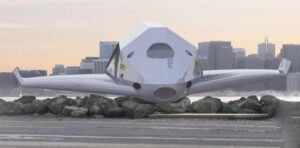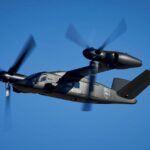
The U.S. Air Force's AFWERX innovation arm, the Air Force Research Laboratory (AFRL) and the U.S. Special Operations Command (SOCOM) have made 11 awards out of an initial field of 218 entrants in the High Speed Vertical Take-Off and Landing (HSVTOL) competition, which began last year. Collaboration.Ai, a Minneapolis-based software and services company, won a possibly four-year $10 million SOCOM contract last April to help scout out innovative organizations that could meet military needs and to manage AFWERX Challenge efforts,…














